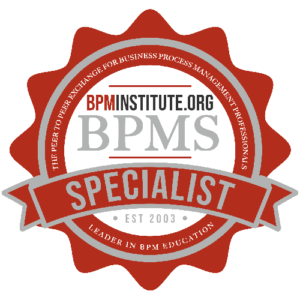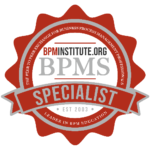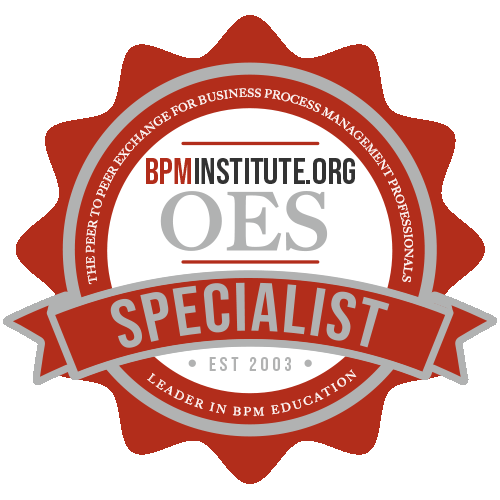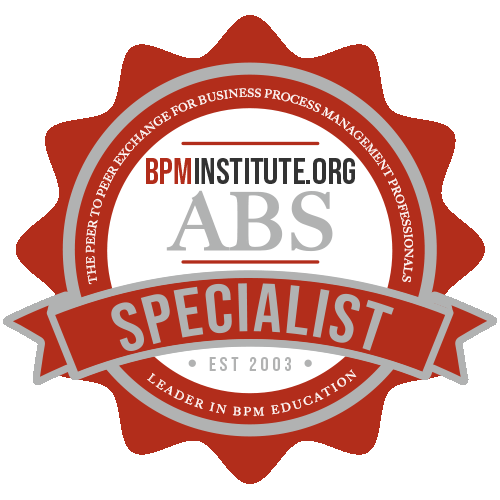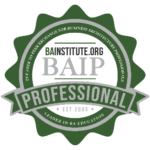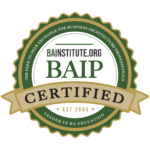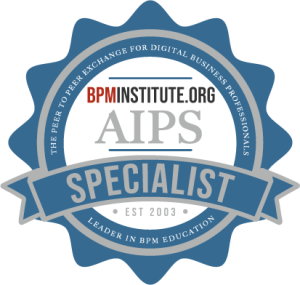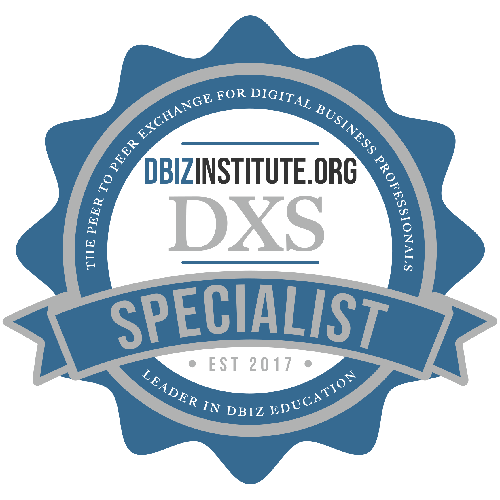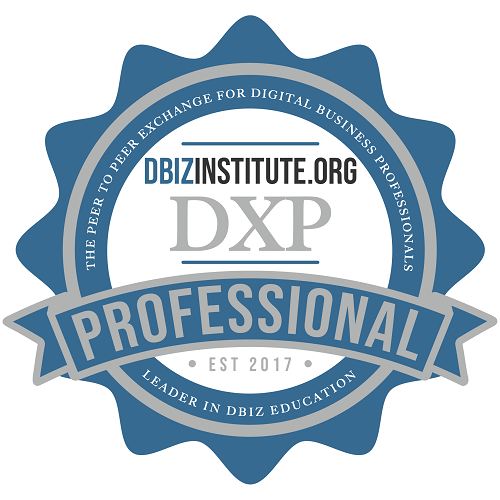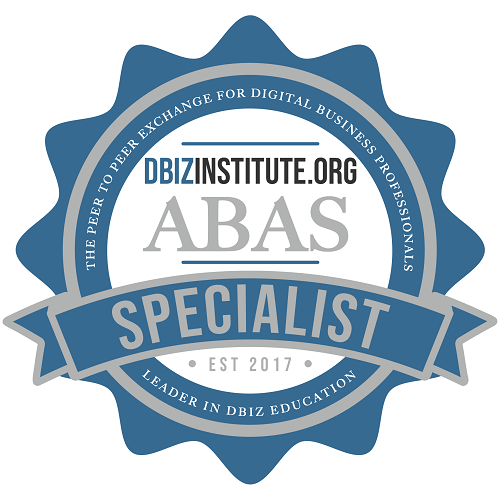How many times have you heard that SOA is the next big thing? It’s particularly fascinating how the perspectives of customers and vendors evolve on “the latest thing” and where they find the value. The Service Oriented Architecture (SOA) wars have been interesting to watch for exactly this reason. Integration vendors, pure-play BPM vendors and leading application platforms all have an SOA story. The major vendors have focused education efforts on teaching people what SOA is, and how it can make their infrastructures more “agile”.

The Role of the Decision
The Decision’s the Thing…
“The play’s the thing / wherein I will capture the conscience of the King” Hamlet (II.ii. 582-583)
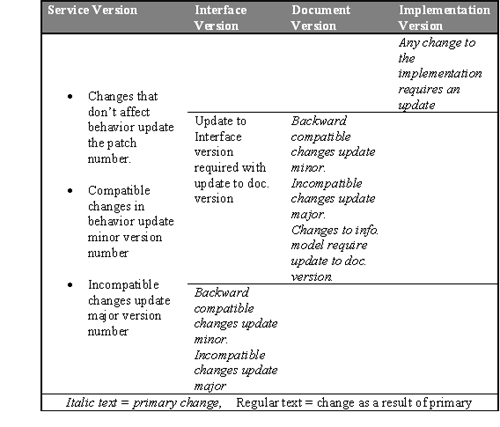
Services and Versioning
Service-oriented architectures offer many important advantages to the enterprise in terms of agility, flexibility, consistency, reuse, integration and others. But of course, there’s no free lunch. And one of the costs of these advantages is the increase complexity of service lifecycle management and versioning.
Once a service has its first consumer, we have bought off on having to maintain and support that service for an agreed upon period of time.

BPMS Watch: My BPMN Wish List
The Business Process Modeling Notation (BPMN) standard from OMG has a lot to recommend it, but it’s not perfect. Since late February of this year, I’ve been doing BPMN training, and through that I have come to appreciate the subtle power of the notation and how it maps – or sometimes not – to the way real business analysts and architects want to model their processes.

The Marriage of BPM and Six Sigma
BPM Six Sigma Context
BPM tends to focus on the automation of business process through the use of BPM suites. Every software system automates a process; and generally every process, efficiency, or quality improvement project involves use of software systems.
Process Centric
“It’s all about process” – As stated by Jack Welch, General Electric’s famous CEO, success in business is all about process.

How to Launch and Implement BPM and SOA Projects
The move to SOA and BPM means that application development can be more modular. But data is the essential foundation. BPMInstitute.org: You are now out on your own. What does BizThink do? Fletcher: We have a unique offering which involves process redesign and SOA and...

BPM Suites Increase Business Agility
The inability of earlier generations of application development software to support effective collaboration between business and IT is the source of a good deal of confusion, wasted efforts, and delayed ROI to the organizations that are implementing new application...

Bridging the Gap between Business Modeling and SOA
I’ve found topics to be more interesting if I can apply them to something or someone I’m familiar with. If a relative has cancer, I’ll listen more intently to news items about cancer treatment. If a friend is moving to Mexico, I’ll think about international events in a slightly different light. I call it the “relevance factor”. We each evaluate information against our own personal scale to determine what to do with it. If we can find some frame of reference for or application of it, we’ll pay attention and store it for future use. If not, we’ll dismiss or ignore it.

SOA Watch: Convergence of SOA and SaaS
Clearly, SOA and SaaS are converging. The movement and direction are clear. Take, for instance, the rapid rise of SaaS. Based upon current trends, IDC predicts a compound growth rate of 20% per annum for SaaS, set against the overall software market, which is only growing at around 6% per annum. This leaves IDC in no doubt that there is a fundamental shift toward SaaS as a delivery mechanism, and its use within the notion of Web 2.0, and the convergence of SOA, Web 2.0, and SaaS.
What’s causing this shift? There are 5 primary drivers:
1. Purchasers believe th

Business Architecture: In the Absence of Standards
It is my observation that there are no true standards regarding business architecture. Ask any three Business Architects and they will likely agree conceptually on the components that make up business architecture. However, you will get three very different descriptions of how to develop and integrate those components.
There are many techniques available for developing business architecture; and a good Business Architect can adapt just about any set of methods to do so.
